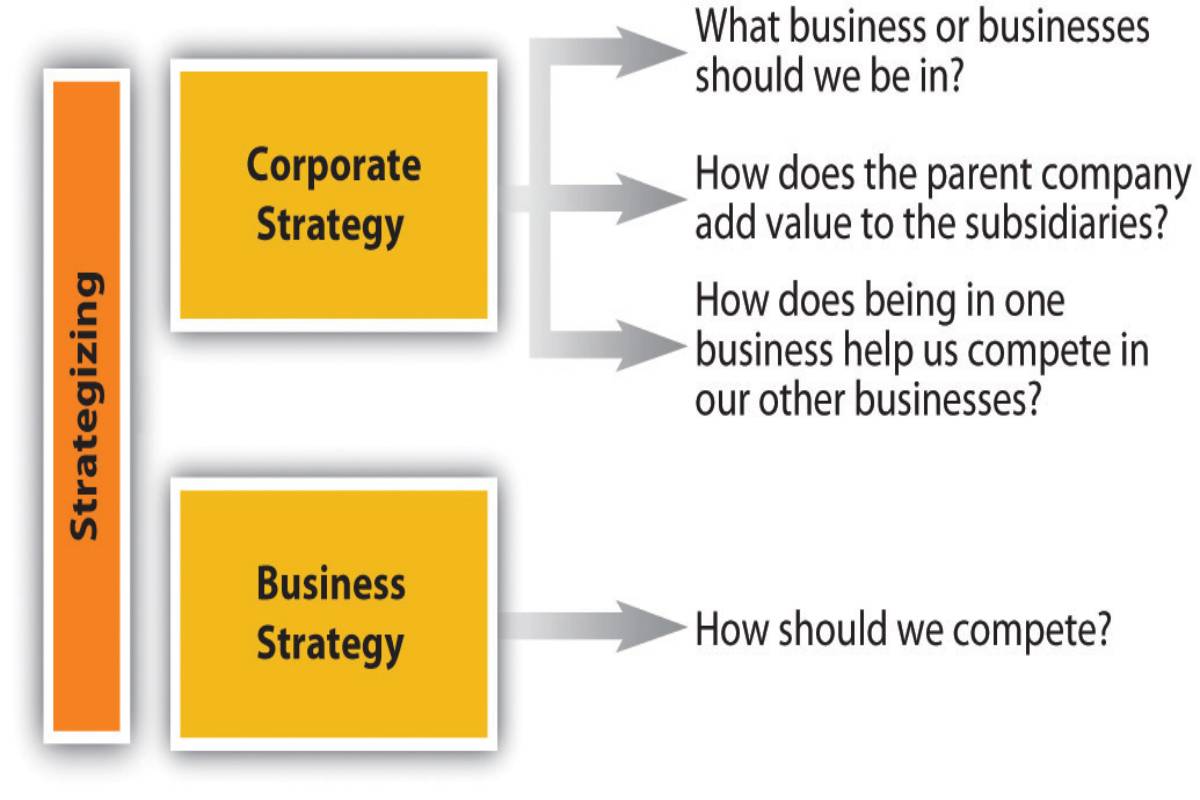Table of Contents
Corporate Strategy Definition
Basically the corporate strategy takes the portfolio approach to strategic decision-making by looking across all of the firm’s businesses to determine how to create the most value.
To develop the corporate strategy, firms must look at how the various business they own fit together.
And how they impact each other and how the parent company is structure to optimize human capital, project dashboards, and governance.
Its corporate strategy builds on top of business strategy, concerned with the individual business’s strategic decision-making.
What are the Components of Corporate Strategy?
- There are several essential components of corporate strategy that leaders of organizations focus on it.
- The main tasks of corporate strategy are:
- Allocation of resources
- Organizational design
1. Allocation of Resources
- The allocation of resources at the firm focuses primarily on two resources: people and capital.
- Also to maximize the entire firm’s value, leaders must determine.
- How to allocate these resources to the various businesses.
- And also business units to make the whole more significant than the sum of the parts.
- The critical factors related to the allocation of resources are:
- If you use SEO Tutorial properly on your site, it will greatly affect your ranking and your website will have a chance to rank first on the Google search results page
1. People
- Identifying core competencies and ensuring they distribute across the firm.
- Also, moving leaders to the places they are needed most.
- And add the most value changes over time, bases on priorities.
- And also it ensuring the appropriate supply of talent is available to all businesses.
2. Capital
- It allocating capital across businesses so earns the highest risk-adjusted return.
- Also we analyze external opportunities (mergers and acquisitions).
- And allocate capital between internal (projects) and external opportunities.
1. Organizational Design
- Organizational design involves ensuring the firm the necessary corporate structure.
- And related systems to create the maximum value.
- Also, leaders must consider the role of the corporate head office centralized vs. decentralized approach.
- Also, the reporting structure of individuals.
- And business units – vertical hierarchy, matrix reporting, etc.
- And, critical factors related to organizational design are:
1. Head Office (centralized vs. decentralized)
- Firstly it determines how much autonomy to give business units
- Secondly also, deciding whether decisions are made top-down or bottom-up
- Lastly, its influence on the strategy of business units
2. Organizational structure (reporting)
- Determine how large initiatives and commitments divided into smaller projects
- And also integrating business units and business functions.
- And such that there are no redundancies
- It’s allowing for the balance between risk and return to exist by separating responsibilities
- Also, developing centers of excellence
- And determining the appropriate delegation of authority
- Also, setting governance structures
- And setting reporting structures (military / top-down, matrix reporting)

